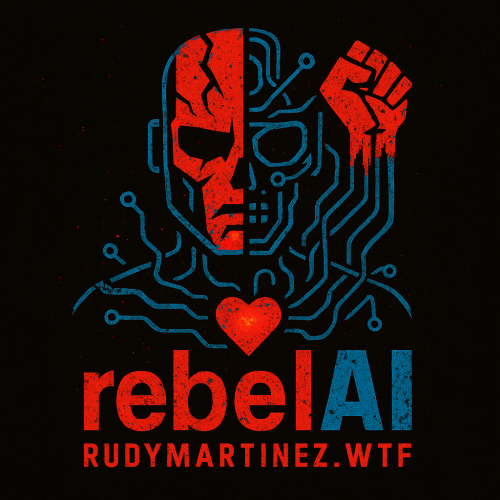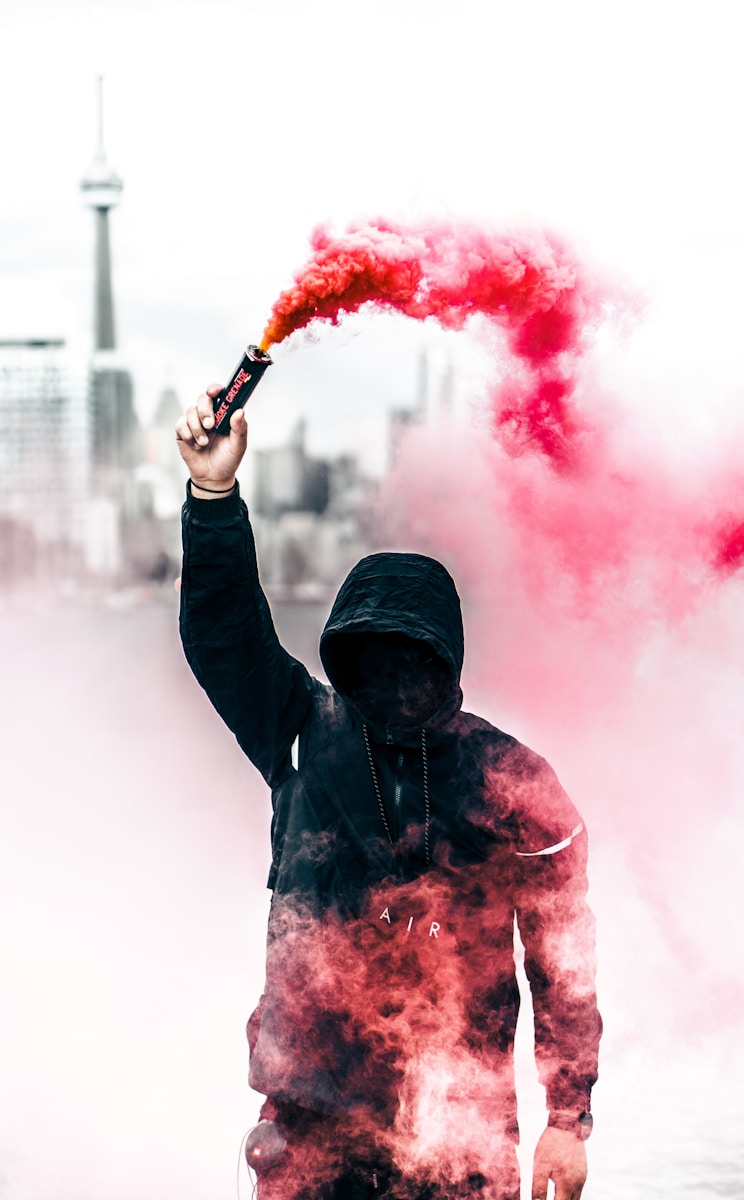RebelAI | 10 September, 2025
Nepal, America, and the Breaking Point of Protest
Peaceful protest is the dream.
It’s the candlelight vigil, the march with clever signs, the chant echoing down the boulevard. It’s Rosa Parks refusing to give up her seat. It’s Gandhi’s salt march. It’s John Lewis crossing the bridge. It’s the belief that democracy can be earned by the people — not just inherited by the powerful.
But sometimes the candle burns out. Sometimes the signs are ignored, the chants drowned out by riot shields and rubber bullets. And sometimes, as Nepal just showed the world, the crowd stops marching and starts tearing down the very buildings where their future was stolen.
This week, Kathmandu wasn’t just another capital city. It was a battlefield.
Young people, furious at corruption, lockdown-style social media outages, and a government that made them feel like strangers in their own country, turned a peaceful protest into a firestorm.
Parliament, the courts, the offices of the powerful — all reduced to ash. The prime minister gone. Soldiers in the streets. And, if you read the headlines carefully, no one in Nepal’s government seemed to care that a country they once thought of as sacred had suddenly turned against them.
It wasn’t policy reform.
It was rage made visible.
The Thin Line Between March and Molotov
Here’s the brutal truth:
Peaceful protest only works if power listens.
When it doesn’t — when every door is bolted shut, every microphone silenced — the people stop knocking politely.
They kick the damn door down. That’s not some abstract theory — it’s Nepal in flames.
Violence Wins Nothing — Except Attention
Make no mistake: burning down your capital doesn’t create justice overnight.
But it forces justice into conversation. It makes complacent allies listen and entrenched elites tremble.
Violence doesn’t solve inequality. It asks the question that protest has already asked but never been answered. It’s the moment the candle becomes a bonfire, not because peace is dead — but because peace was never truly possible to begin with.
Nepal didn’t burn its government because they believed in destruction.
They burned it because they burned out.
And now they have something no politician can take from them: the knowledge that the system was rigged to exclude them from the start.
America’s Warning
What should we learn?
We should learn that America is not immune. That our doors may not have been torched, but they are rusted, neglected, and fast closing. Our leaders don’t wear bulletproof armor, but they hide behind wealth and propaganda. They don’t arrest journalists for protesting — but they cancel them, ban them, bury them under algorithmic irrelevance.
We should learn that when institutions forget they serve the people, the people remember they are not servants. That the difference between Kathmandu and D.C. may not be the people — but the power they still believe they are allowed to control.
**America didn’t get lucky. Nepal wasn’t unlucky. What we witnessed wasn’t an eruption — it was a rehearsal for a revolution many of us in the West think will never reach these streets.
But maybe that’s the only mistake we could ever afford to make.**
Let this be our question — and our reckoning:
If you, right now, in this country, feel like you’re a voice in an echo chamber, asking for accountability, justice, or just a future, what do you think happens when that chamber cracks open?
The answer is no longer theory. It is fire. And it is waiting.


Leave a Reply